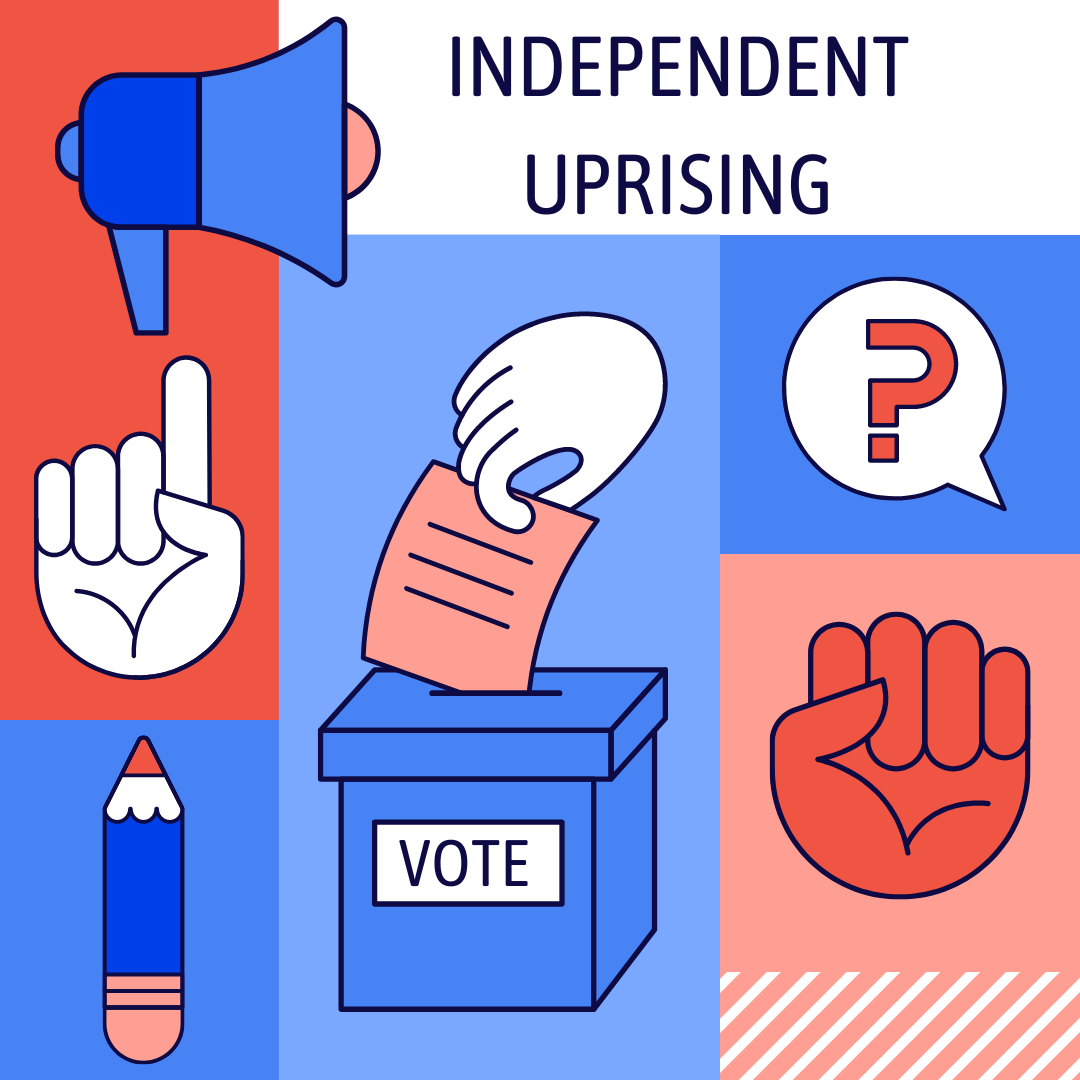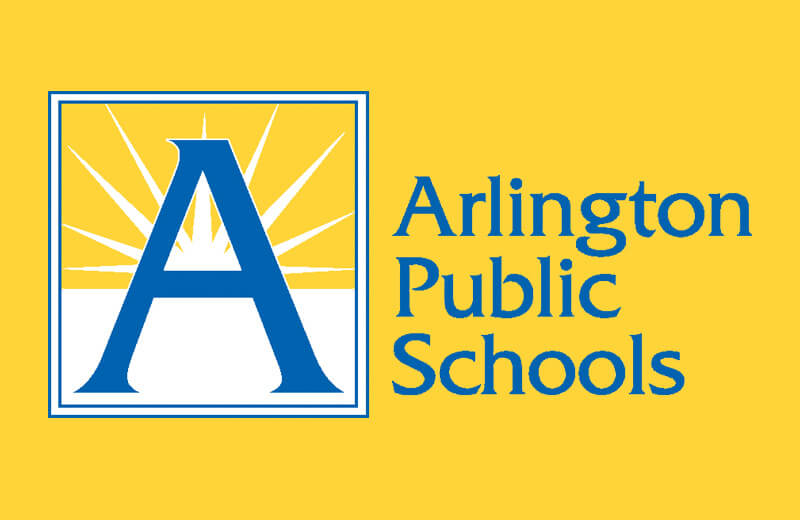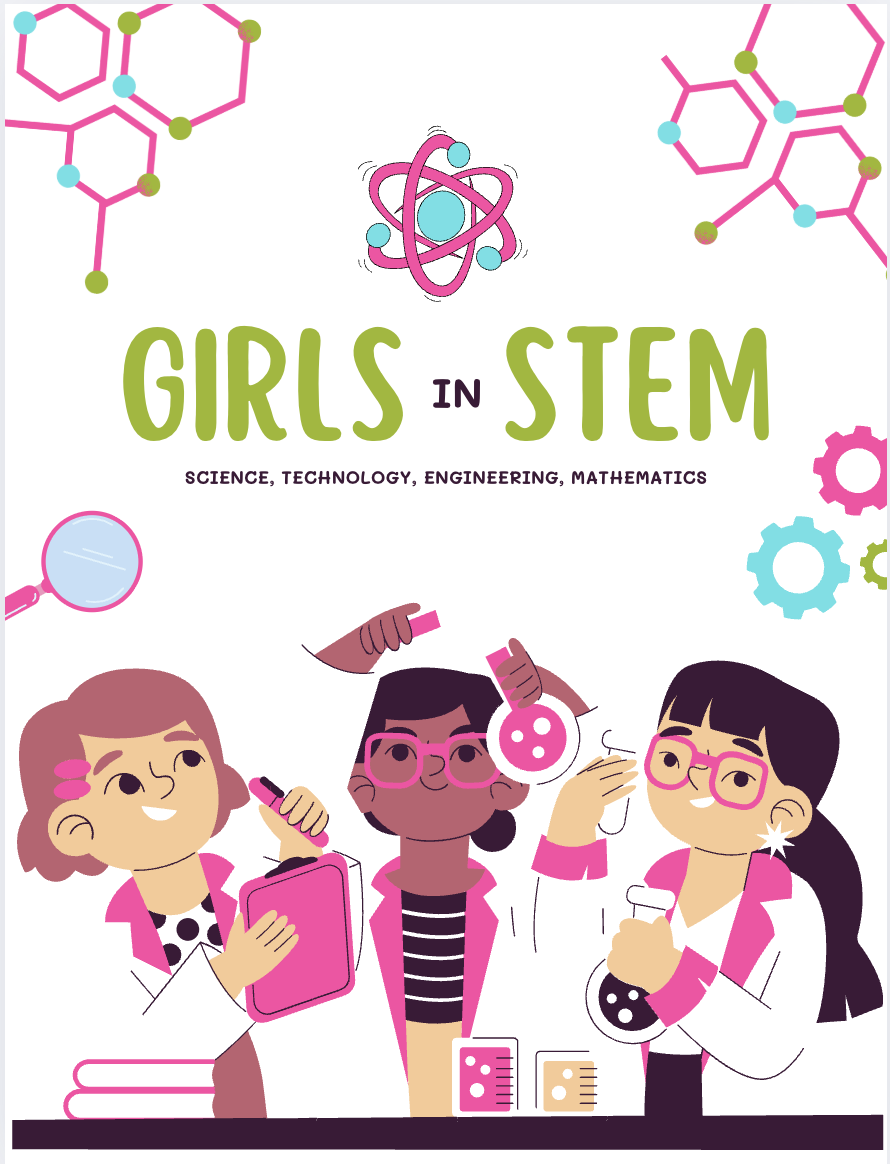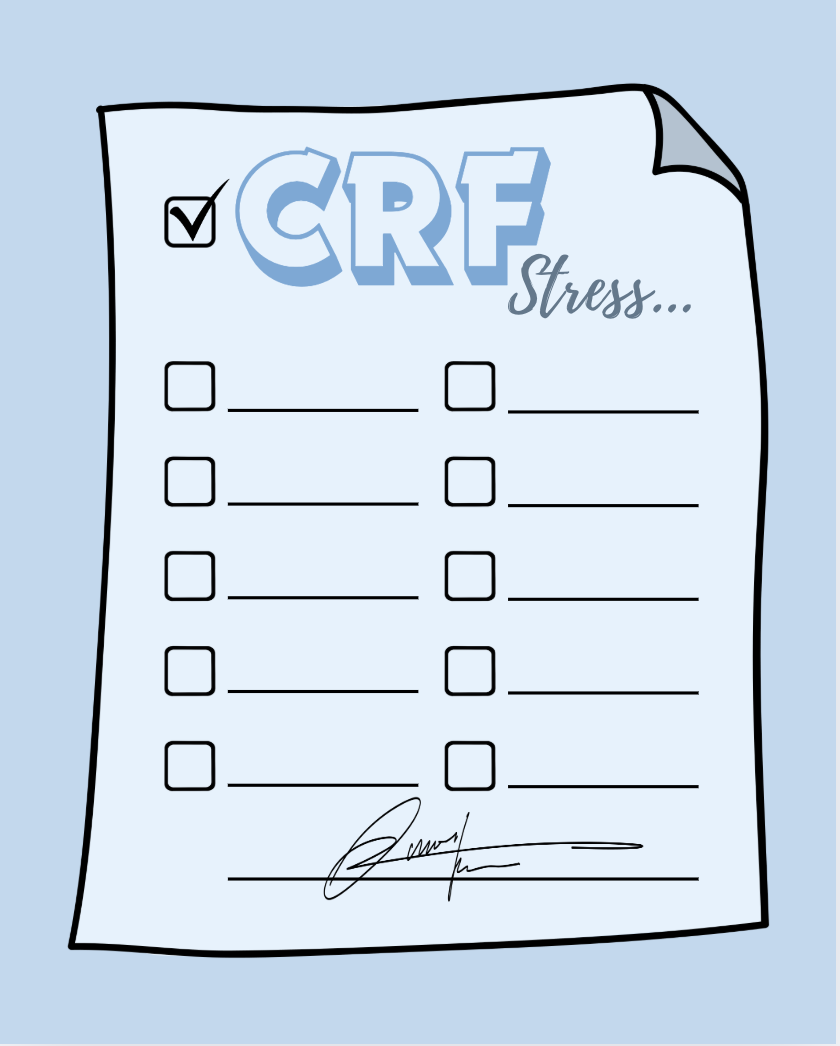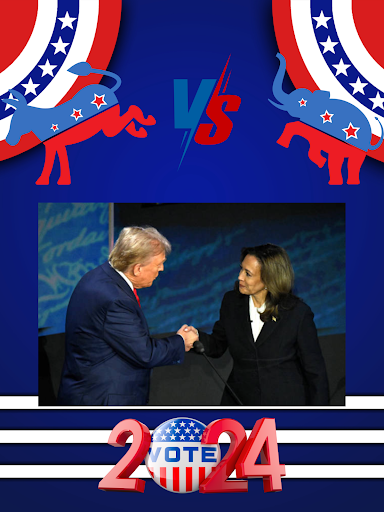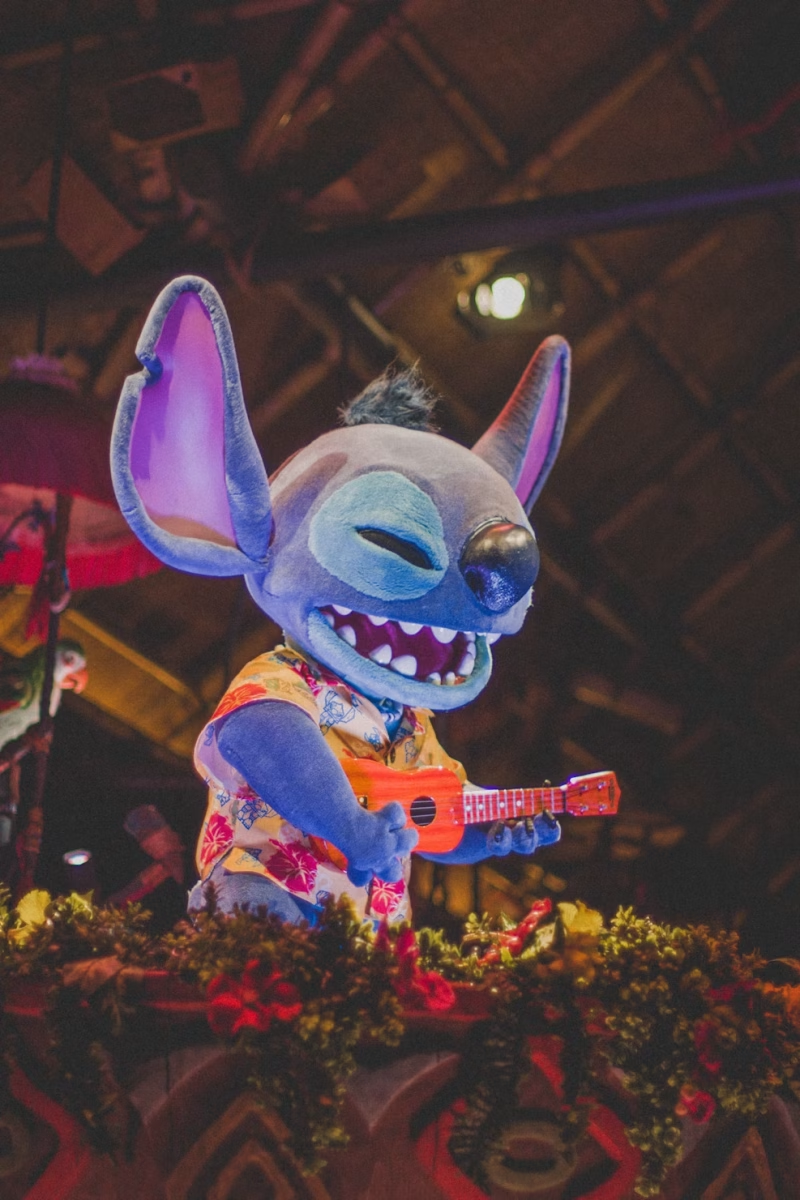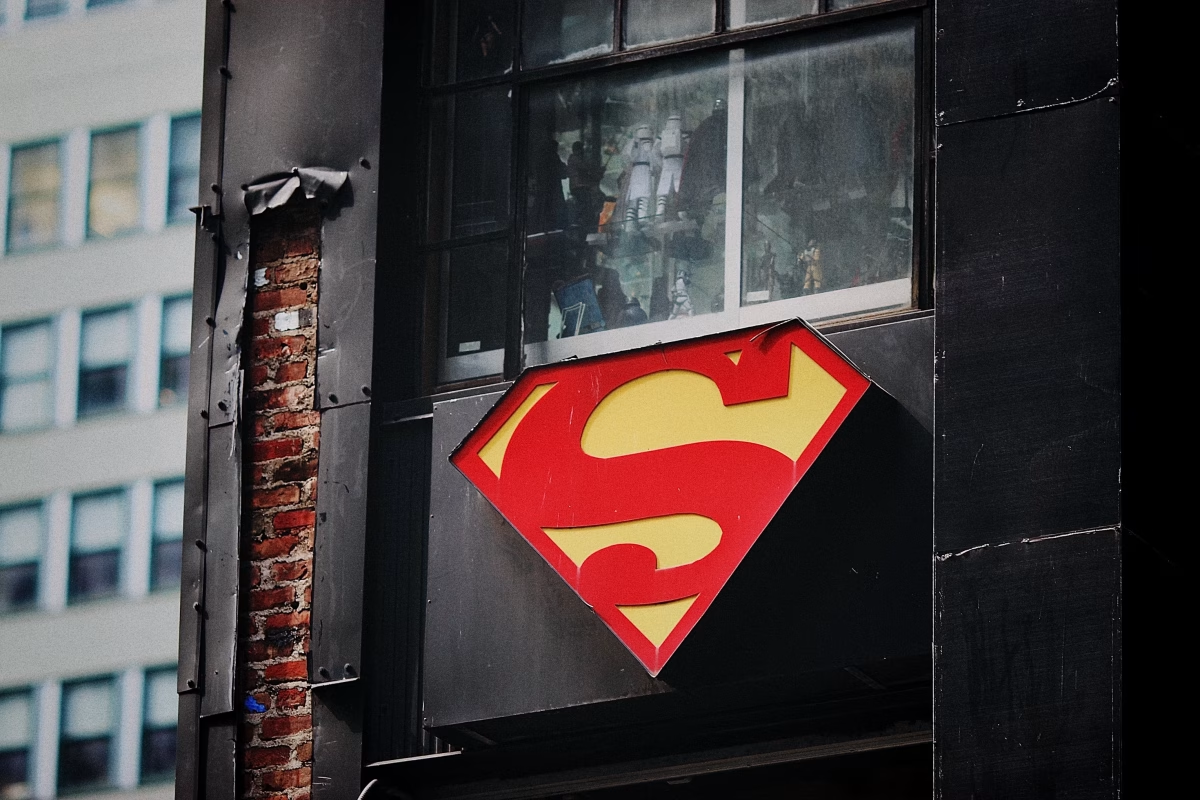Our political landscape is dominated by two parties, the Democrats and the Republicans. These two have been battling for power back and forth ever since the downfall of the Whigs in the 1860s. Even with the two’s dominance , there have been some cracks in the unity, recently.
More and more people are refusing to conform to all aspects of the party platform, and the rise independent and third-party candidates are making their rounds.
Third parties, also called minor parties, are political groups that do not align with Democratic or Republican ideals. Candidates registered as ‘Independents’ within Congress and lower-level governmental groups.
From the nation’s start, there were worries that political factions would lead to political party affiliation. In 1790, George Washington said: “Let me warn you, in the most solemn manner, against the baneful effects of the spirit of party.”
Third parties were much more common in the past, with the first ever being created in 1826, emerging from anti-Mason resentments. Parties like the Federalists, Whigs, Free Soilers, and more gained traction and rose to prominence anddied out, respectively. The fulcrum of 1800s third-party voting happened in the election of 1860, which was a four-way presidential race.
Prominent minor parties over time have repeatedly represented people within a minority or disadvantaged group. In 1892, Farmers angry with the major parties launched their own party, the People’s Party, also called the Populists. In the 1900s, between the super-rich and the working masses, the middle class felt a sense of alarm and created a new political movement, the Progressives. Historically, despite the abundance of third parties over time, little chance is made with such. In the 1990 election, we saw three different independent parties pose a threat to the binary, having a record 19.53% percent. However, it only went down from there. Only one time in history did the percentage of those who voted third party go over 15%, with most not even massing 5%.
Although minor parties have historically held little influence y with the upcoming 2024 presidential election, independents provide an gaining exhilarating new popularity. The rise in popularity of third-party candidates and voting can be applied to new generations entering into the voting age.
These new voters and their belief systems have shown more diverse ideas for office holders “As younger voters become more aware of the conflict between their own beliefs on some of these critical issues and those of a given third-party candidate” (Brookings).
With the upcoming election, three independent/third-party candidates pose as legitimate options against the two major party candidates, with an average of 43% of American adults identifying as independent for the 2024 election. The Democrat polling numbers are reaching an all-time low at 27%. (AXIOS)
The independent candidates are Robert Kennedy, Cornel West and Jill Stein. With these candidates, the future for a third-party America is looking up.
Robert Kennedy:
With that famous last name, Kennedy definitely has the notoriety to garner genuine traction for his candidacy. He is a environmental lawyer with anti-vaccine views, and he differs from the Democratic Kennedy legacy. With a polling number of 9.6%, he is the most popular independent on the ballot.
Cornel West:
Cornel West is a progressive activist and professor. He taught at Harvard, Yale and Princeton. According to “The New York Times,” the grandson of a Baptist minister, West’s primary philosophy focuses on the roles of race, gender and class struggle in American society. A critic of capitalism, American politics and the Democratic Party, he serves as a surrogate for Sen. Bernie Sanders’s 2020 presidential campaign.
Jill Stein:
According to Wikipedia, Jill Ellen Stein is an American physician, activist, and perennial political candidate. She was the Green Party’s nominee for president of the United States in the 2012 and 2016 elections, and the Green-Rainbow Party’s candidate for governor of Massachusetts in 2002 and 2010.


